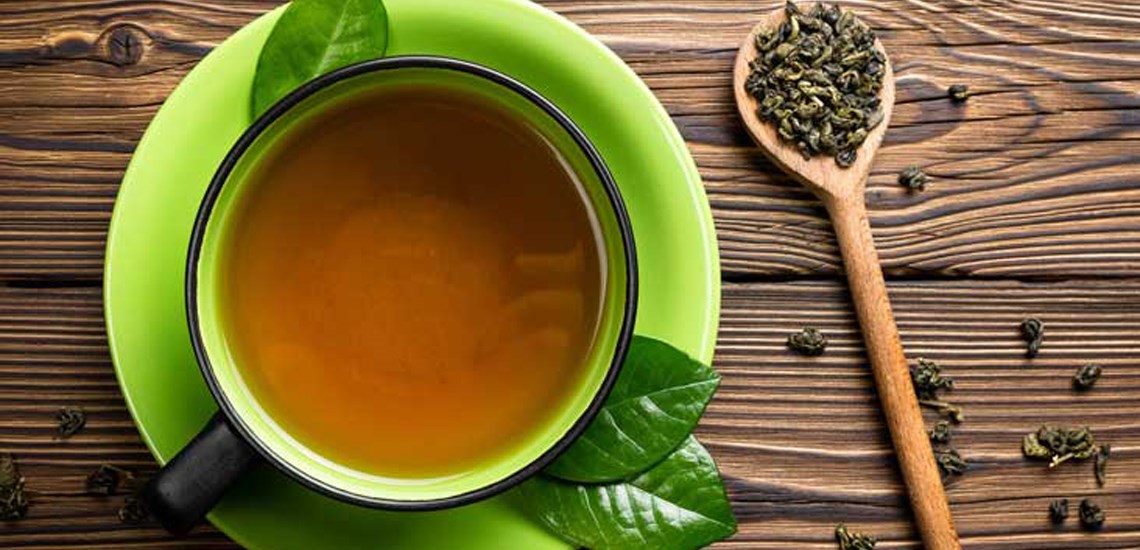Green Tea

-
Like regular Black tea – Green tea also comes from the Camellia Sinensis plant.
-
Several varieties of green tea exist, which differ substantially because of the variety of Camellia Sinensis used, growing conditions, horticultural methods, production processing, and time of harvest.
-
Green tea is made from unoxidized leaves and is one of the less processed types of tea (with white tea the least) and therefore contains the most antioxidants and beneficial polyphenols.
-
Polyphenols found in green tea include epigallocatechin gallate (EGCG), epicatechin gallate, epicatechins and flavanols.
-
Green tea is low in caffeine. It has an average of 15 – 25 mg of caffeine (per gram of tea).
-
It is recommended that most adults should try and cap their caffeine intake at 300mg a day, which is the equivalent of about six cups of green tea.
-
L-Theanine is an amino acid that is found in green tea and black tea. L-Theanine has been shown to reduce stress and offset the effects of caffeine.
-
Green tea has even fewer just two calories per 200ml. (if you pop milk or sugar in then it will be more than 2 calories though)
-
Green tea is best when consumed between meals. Since Green tea has the potential to absorb iron, drinking it between meals instead of with them will ensure it’s not sucking up any health benefits from other foods you are consuming.